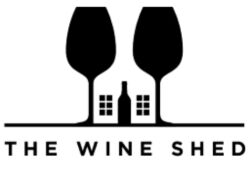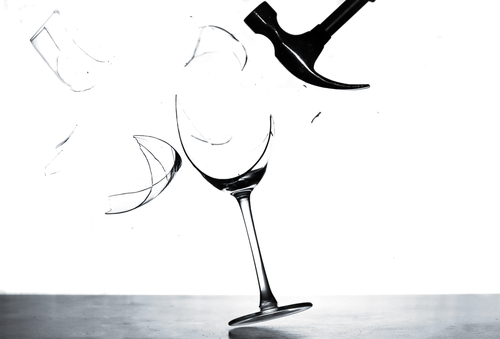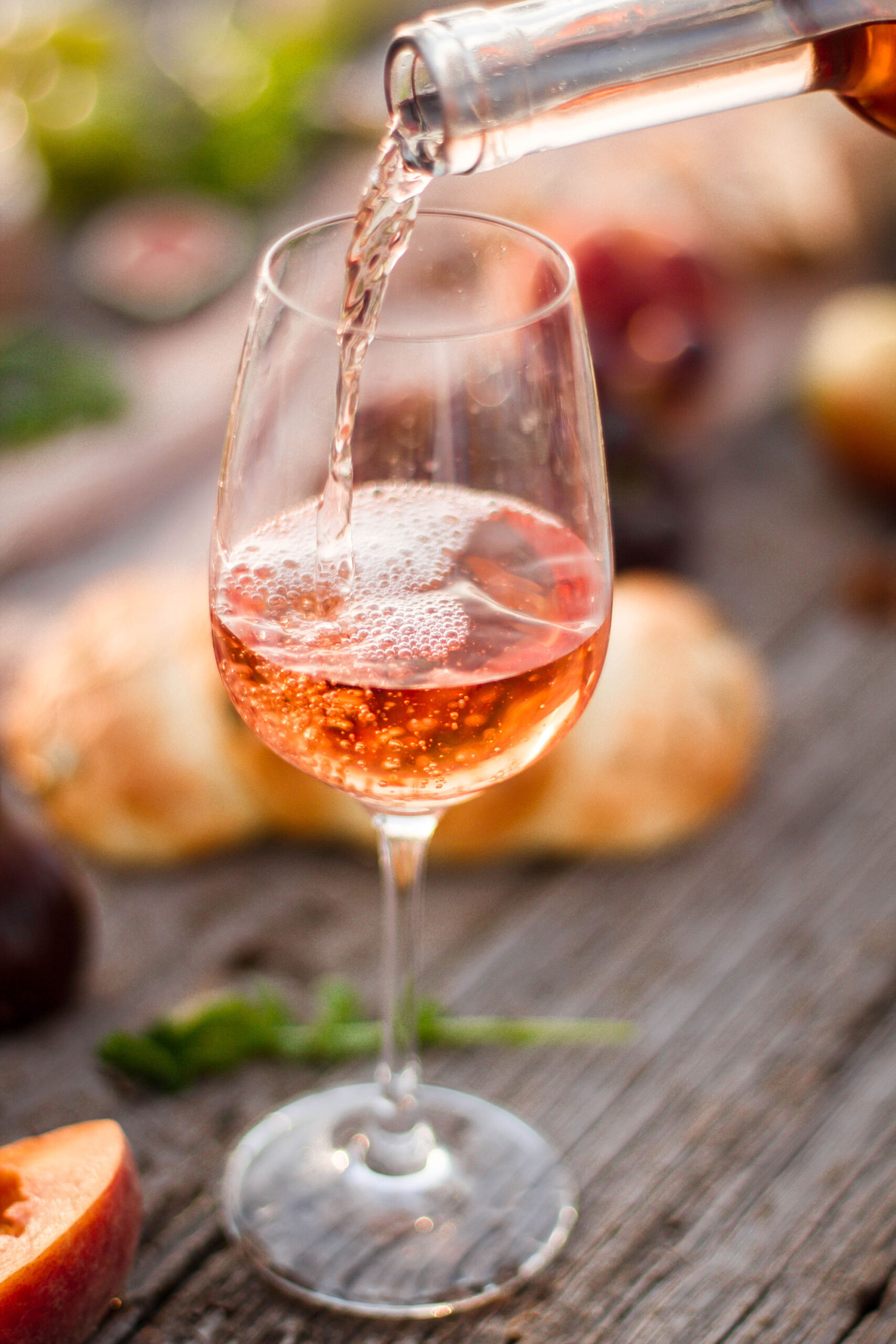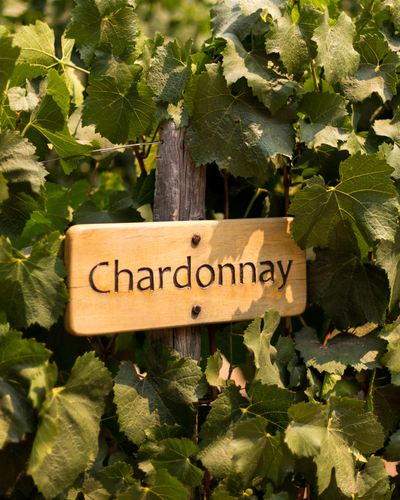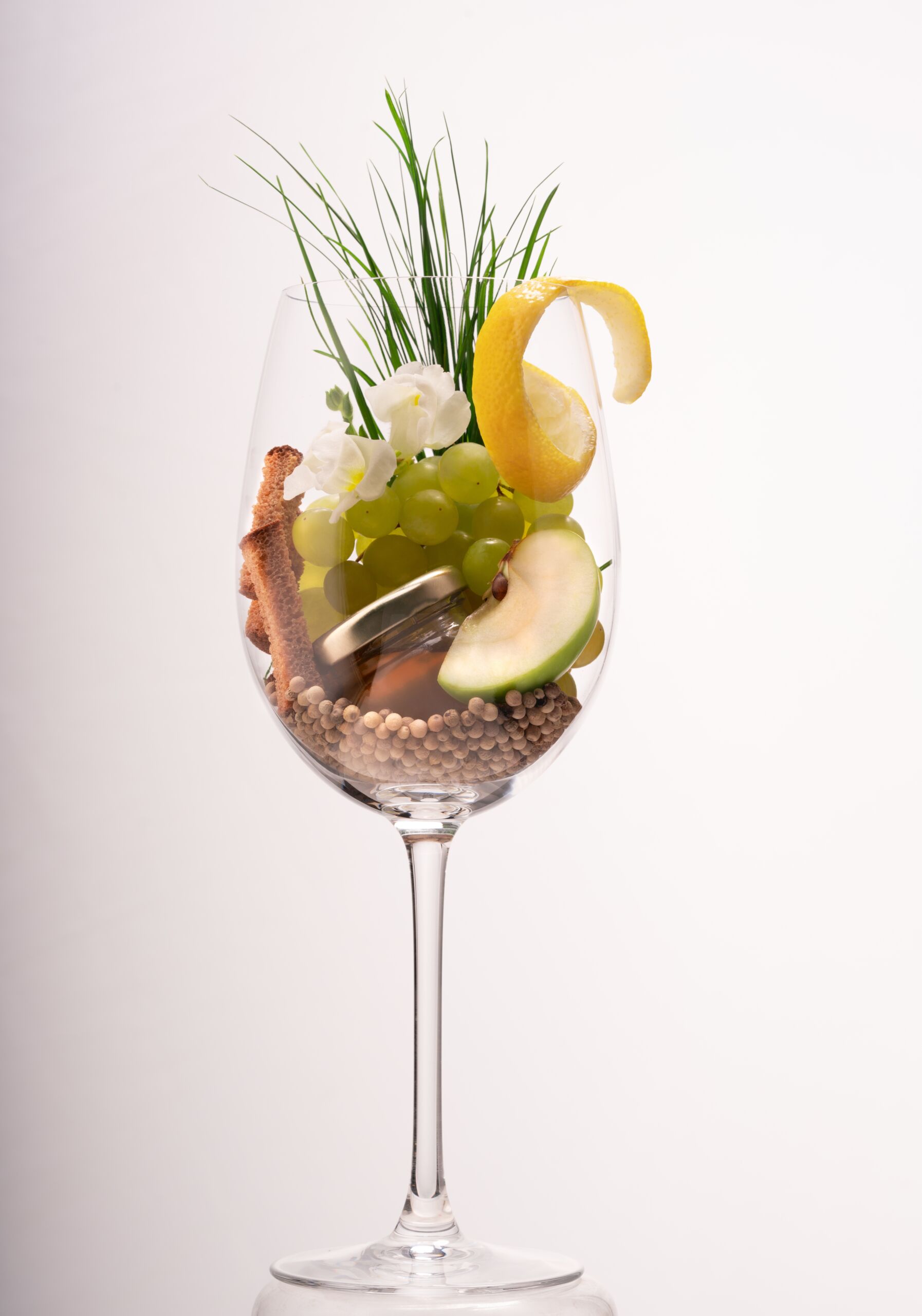Stop and Smell the Rosés!
Actually, I should say stop and smell the rosé, singular, because although The Wine Shed has a wonderful selection of more than twenty mouth-watering rosés, I want to concentrate on just one – Château La Mascaronne Rosé.
Before we look at the wine itself, let me whisk you off to the South of France, about halfway between Marseille and Nice, slightly inland from the coast, to the sun-drenched terraces of the Côtes-de-Provence. Here you will find a fairly modest vineyard – about sixty hectares in a continuous plot of land – surrounded by oak and olive trees, situated on a hillside above the medieval village of Le Luc.
With clay/limestone soil underfoot, the vine roots reach deep down into the strata, enabling them to survive the driest of seasons. This, coupled with amounts of sunshine and rain which are never excessive, provides ideal conditions for the vines to thrive. This is Château La Mascaronne.
Building on this ideal terroir, sustainable farming methods were adopted in 1999 and the entire vineyard has been certified organic since 2016. This holistic approach to producing the best wines – and at the same time being mindful of the responsibilities to the environment – is a driving force of the Estate: ‘At La Mascaronne, our commitment to respecting the environment is more than just a philosophy; it is a prerequisite to all that we do.’
The Estate is now owned by Michel Reybier who purchased it in 2020. He is also the owner of Cos d’Estournel, a Second Growth in Saint-Estèphe, Bordeaux, Domaine Impérial Tokaj-Hétszölö in Hungary, and the Jeeper champagne house, so he knows a thing or two about wine.
He was convinced by the potential of the property, and the opportunity to craft exceptional wines in such an extraordinary location proved too much to refuse. ‘There is a particular energy at La Mascaronne; it is one of those places where a special kind of alchemy puts you at ease.’
All the grapes are hand-harvested (the topography precludes any mechanised harvesting) which ensures that only the best berries find their way into the wine.
So what about the wine? Which grape varieties are used? Grenache, Cinsault, Syrah, Vermentino and Mourvèdre are blended to produce a wine with a pale salmon-pink hue. Each vintage has a slightly different percentage of grapes in the blend, depending on the yield, ripeness and quality of the grapes, but you can be sure that the end result will be a taste of Provence at its best. There are aromas are of peach, pear with some citrus and grapefruit. The wine is crisp and refreshing with some floral, stone fruit and mineral notes and a long, delicate, fresh finish.
When enjoyed young, Château La Mascaronne Rosé is delightful before or with a meal – shellfish, white fish or soft creamy cheeses, perhaps. But it is also impressive after several years of aging which is very unusual for a rosé wine: but then Château La Mascaronne Rosé is not your usual rosé!
